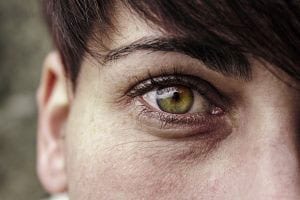The longer patients live without a diagnosis, the longer they are living without the proper care and the proper treatment. The problem is twofold when a patient is diagnosed incorrectly. They may receive an ineffective or potentially damaging treatment because they are believed to have a different condition than they actually do.
The issue of misdiagnosis is unfortunately a problem that many of those living with rare diseases face. Since rare diseases are uncommon, there is a general lack of knowledge concerning their symptoms. Additionally, physicians are trained to consider common ailments first as those are, statistically, more likely. However, medical professionals need to understand that rare diseases do still exist and actually affect many more patients across the world than one might think.
In some cases, this plight is actually reversed, with patients receiving a rare diagnosis when they actually don’t have one. Or they may have one rare disease but are first diagnosed with another. This too can be confusing and harmful for the patient.
Stargardt Disease
One of the rare conditions frequently misdiagnosed is Stargardt disease. This disease affects the retina and eventually leads to vision loss. It is caused by a gene mutation. Most frequently, it is a result of an ABCA4 mutation.
Researchers say that Stargardt disease is challenging to diagnose because it is a heterogeneous disease. That means that physicians must have a high understanding of the phenotypes and genotypes associated with the condition in order to properly diagnosis it.
A new study conducted at the Wills Eye Hospital has indicated that not enough medical professionals have this knowledge.
The Study
This study was a retrospective analysis which included a total of 41 patients who had all been given a Stargardt disease diagnosis. All of the participants had been referred to the Wills Eye Hospital between the years of 2015 and 2018. Researchers had conducted a phenotype assessment to determine whether or not the individuals were “not likely” or “likely” to have the condition.
Ocular geneticists then completed DNA testing on the patients to compare the results. Nine of the 41 patients were found to have no ABCA4 mutation and no Stargardt disease. Three of the 41 patients did have the mutation but did not have the disease. Additionally, three more of the 41 patients did not receive a DNA test but by phenotype assessment were determined “not likely” to have the disease. The incorrect diagnoses of these 15 patients equates to a 36.6% misdiagnosis rate, which is unacceptable.
Researchers say these results indicate a high need for more ocular geneticists in the field. Their specialty is valuable and could significantly improve correct diagnostic rates and patient outcomes.
You can read more about this study here.








